Madagascar has 27 national parks. These national parks are established to protect the island’s unique biodiversity, which includes a vast array of endemic plant and animal species found nowhere else on Earth. These parks offer opportunities for wildlife viewing, hiking, and exploring Madagascar’s diverse ecosystems.
About Madagascar National Parks
Madagascar’s national parks are some of the most biodiverse and unique natural areas in the world, showcasing the island’s unparalleled ecological richness. With 18 official national parks, these protected areas are vital for preserving Madagascar’s endemic species, many of which cannot be found anywhere else on Earth. These parks are not only essential for conservation but also serve as prime destinations for eco-tourists, researchers, and nature enthusiasts seeking to experience the extraordinary landscapes and wildlife of Madagascar.
One of the most famous national parks is Andasibe-Mantadia National Park, located in the eastern region near the capital, Antananarivo. This rainforest sanctuary is renowned for its population of indri, the largest living lemur species, known for their haunting, melodic calls. Andasibe-Mantadia is a hotspot for biodiversity, hosting a variety of lemurs, birds, reptiles, and orchids within its lush forests. Its proximity to the capital makes it one of the most accessible and popular parks in Madagascar.
Isalo National Park, situated in the southwestern region, offers a stark contrast to the rainforests of Andasibe-Mantadia. Known for its dramatic sandstone formations, deep canyons, and open grasslands, Isalo is a breathtaking landscape of rugged beauty. The park is home to ring-tailed lemurs, Verreaux’s sifakas, and a variety of reptiles and birds. Visitors are drawn to its unique terrain, natural swimming pools, and stunning views, making it a must-visit destination for hikers and adventurers.
Another notable park is Tsingy de Bemaraha National Park, a UNESCO World Heritage Site in western Madagascar. It is famous for its extraordinary limestone karst formations, known as “Tsingy,” which create a labyrinth of razor-sharp pinnacles. The park is a refuge for wildlife such as Decken’s sifakas, lemurs, and a variety of endemic birds and reptiles. Exploring the Tsingy formations is a thrilling experience, with suspension bridges and narrow trails offering spectacular views.
Despite their ecological importance, Madagascar’s national parks face significant conservation challenges, including deforestation, habitat fragmentation, illegal logging, and hunting. These threats are exacerbated by the country’s high levels of poverty, which increase pressure on natural resources. However, there have been notable successes in conservation. Many national parks, such as Zahamena and Masoala, have benefitted from international collaborations that focus on habitat restoration, sustainable tourism, and environmental education. Community-based conservation initiatives have also helped to engage local populations, providing alternative livelihoods and fostering stewardship of these protected areas.
Madagascar’s national parks are not only critical for safeguarding the island’s unique biodiversity but also serve as vital tools for educating the world about the importance of conservation. By preserving these incredible landscapes and their inhabitants, Madagascar ensures that its natural heritage remains a source of inspiration and ecological value for generations to come. These parks stand as beacons of hope in the global effort to protect our planet’s most precious ecosystems.
Madagascar National Parks
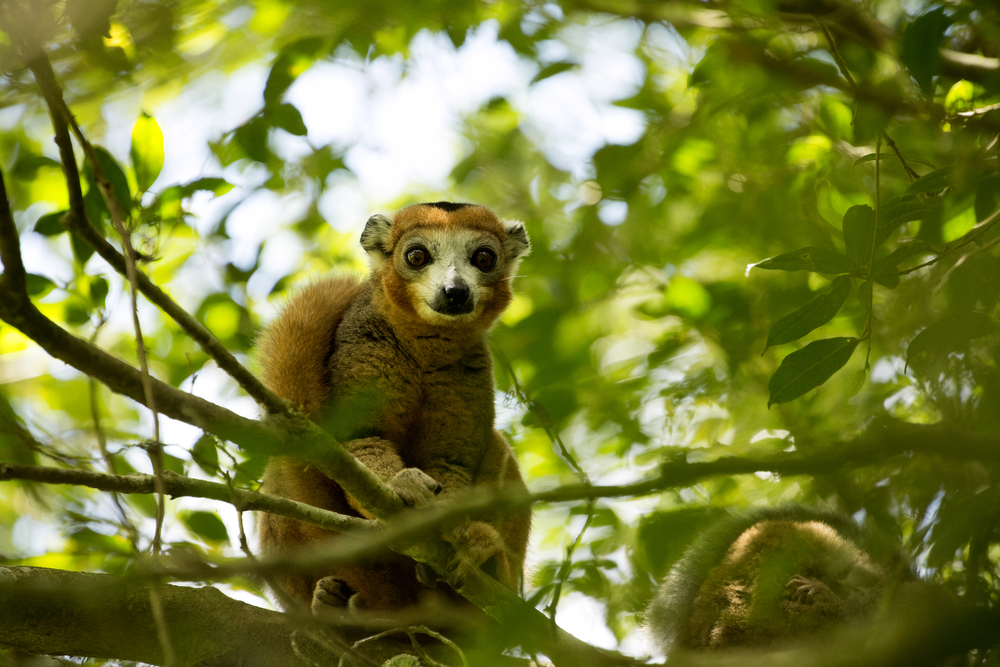
Amber Mountain National Park
Explore Now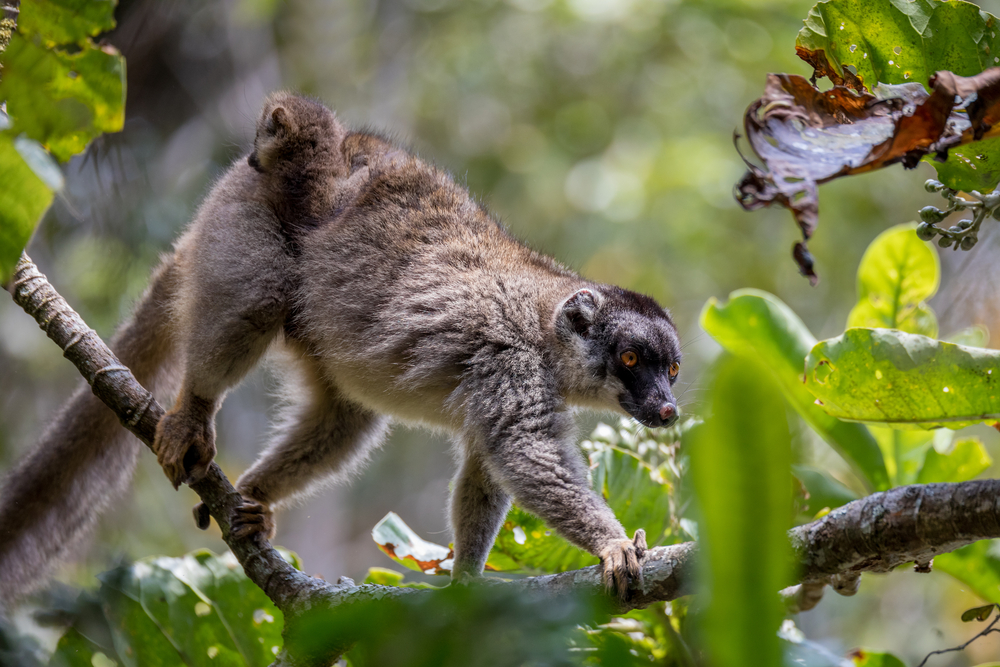
Analamazaotra National Park
Explore Now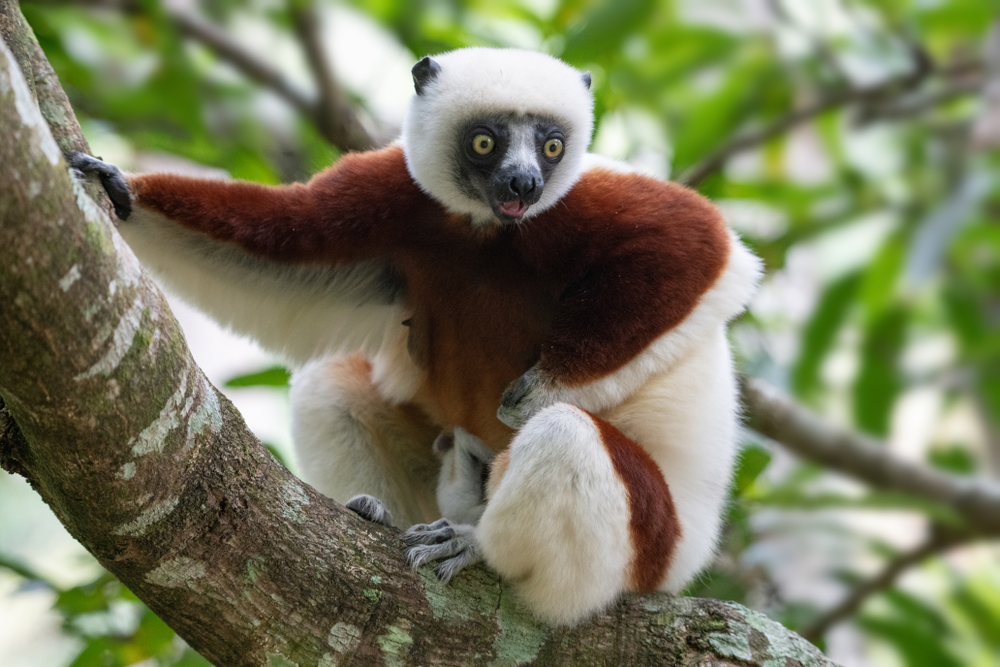
Andasibe-Mantadia National Park
Explore Now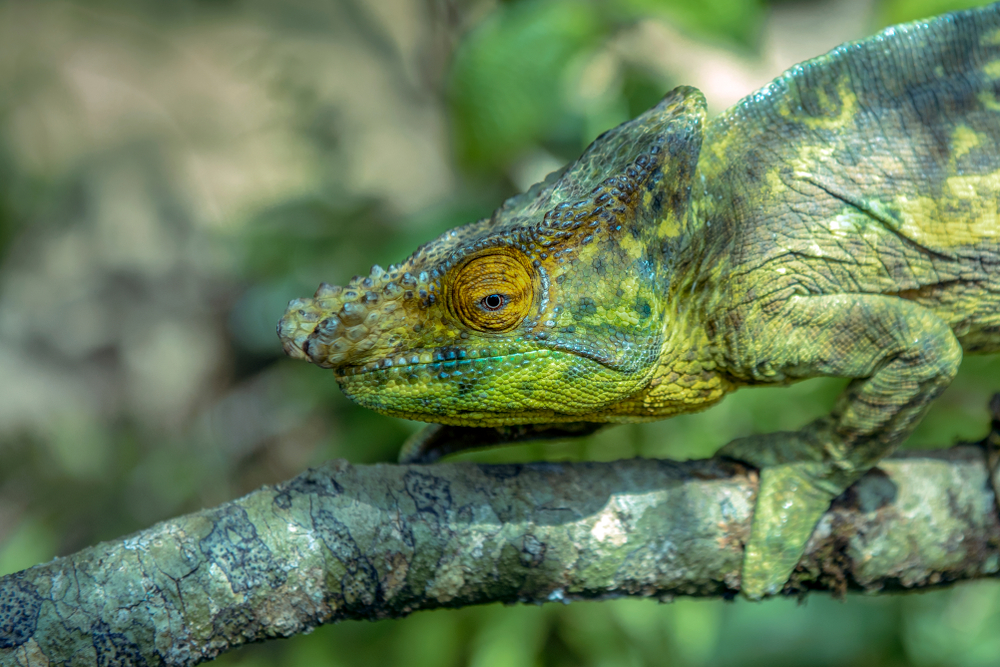
Andohahela National Park
Explore Now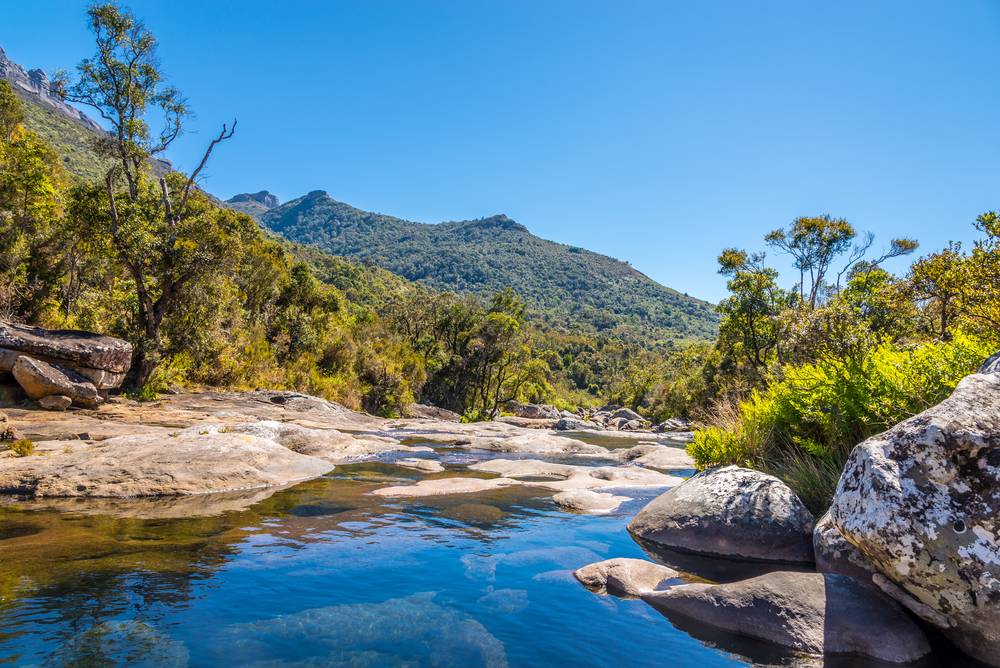
Andringitra National Park
Explore Now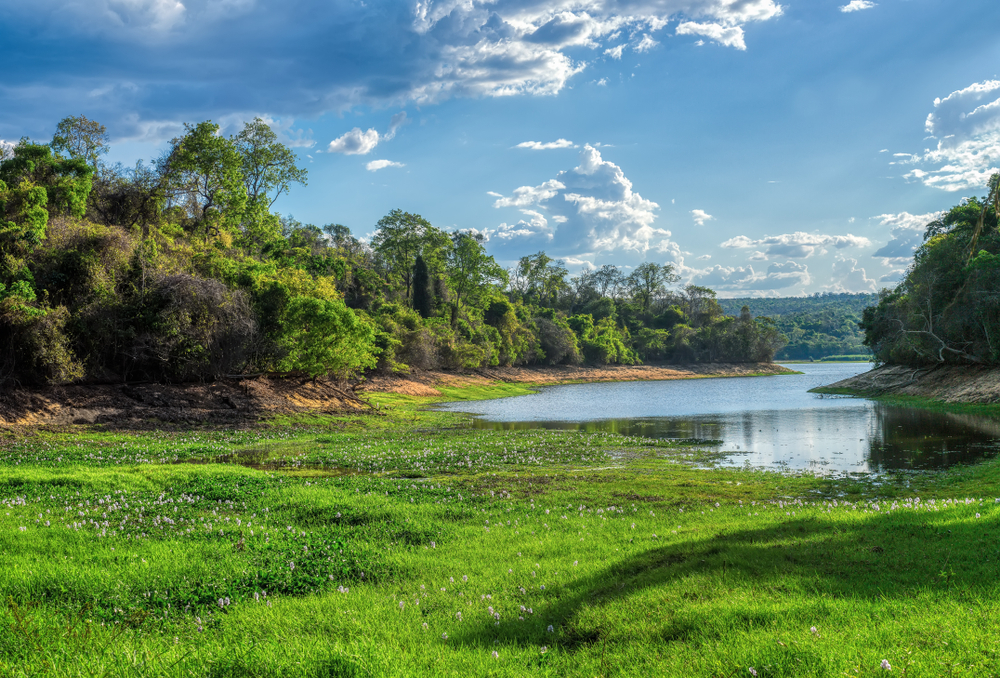
Ankarafantsika National Park
Explore Now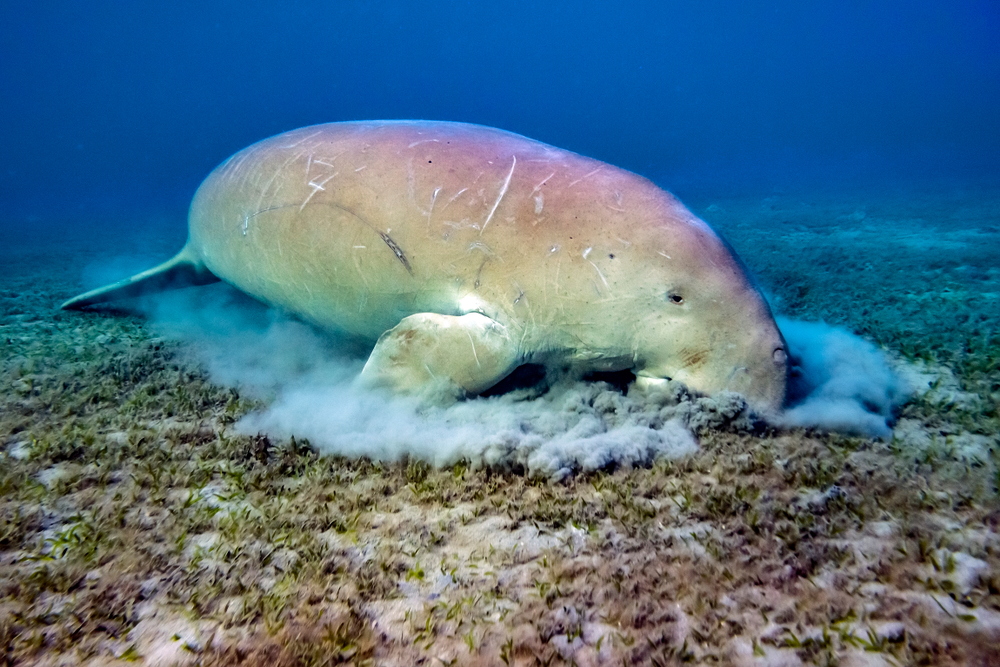
Baie de Baly National Park
Explore Now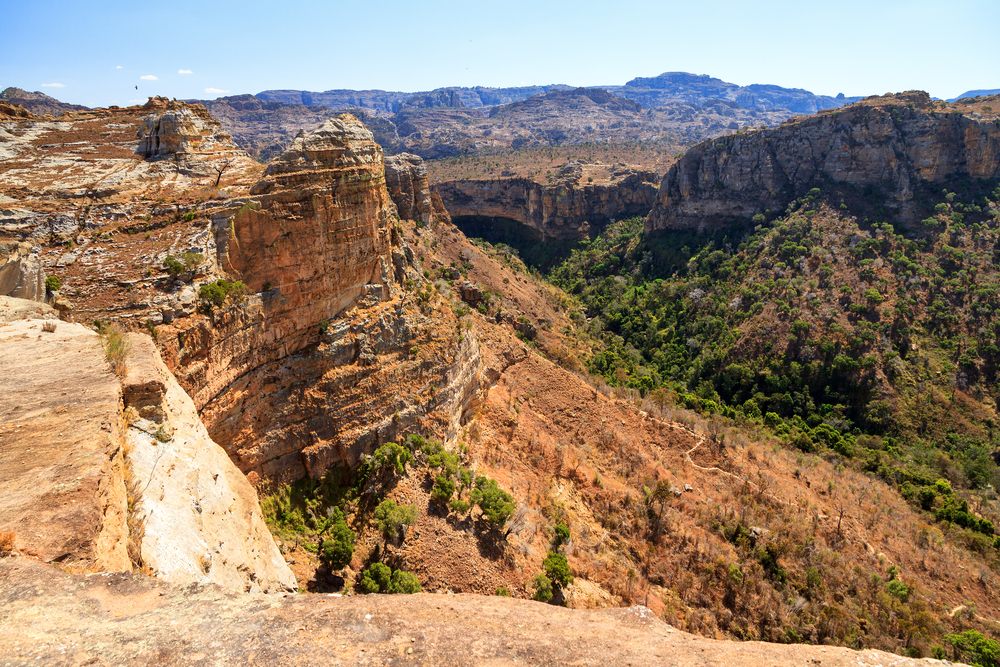
Isalo National Park
Explore Now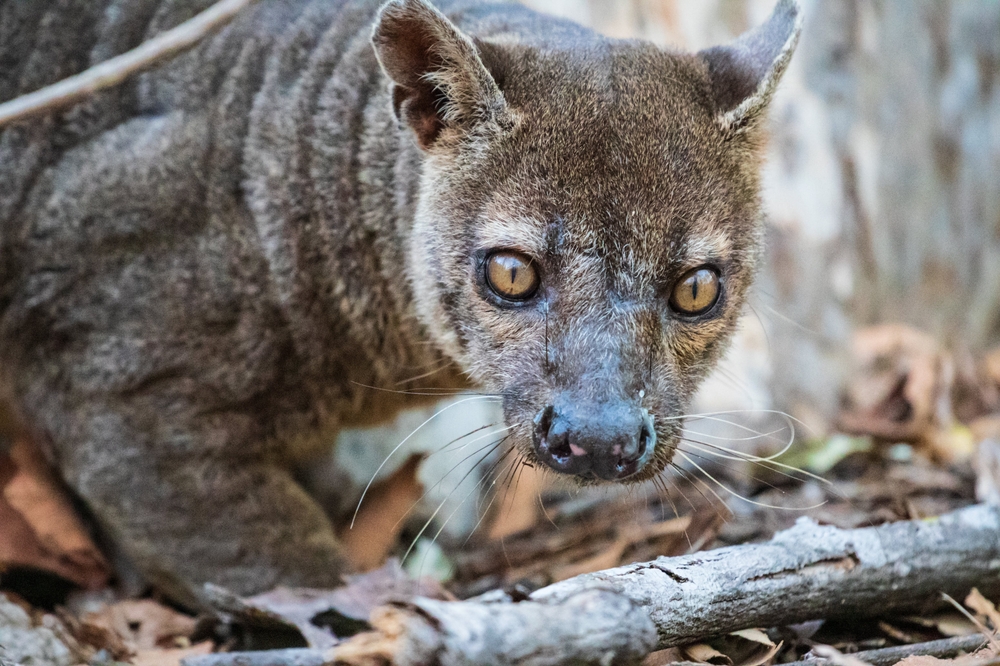
Kirindy Mitea National Park
Explore Now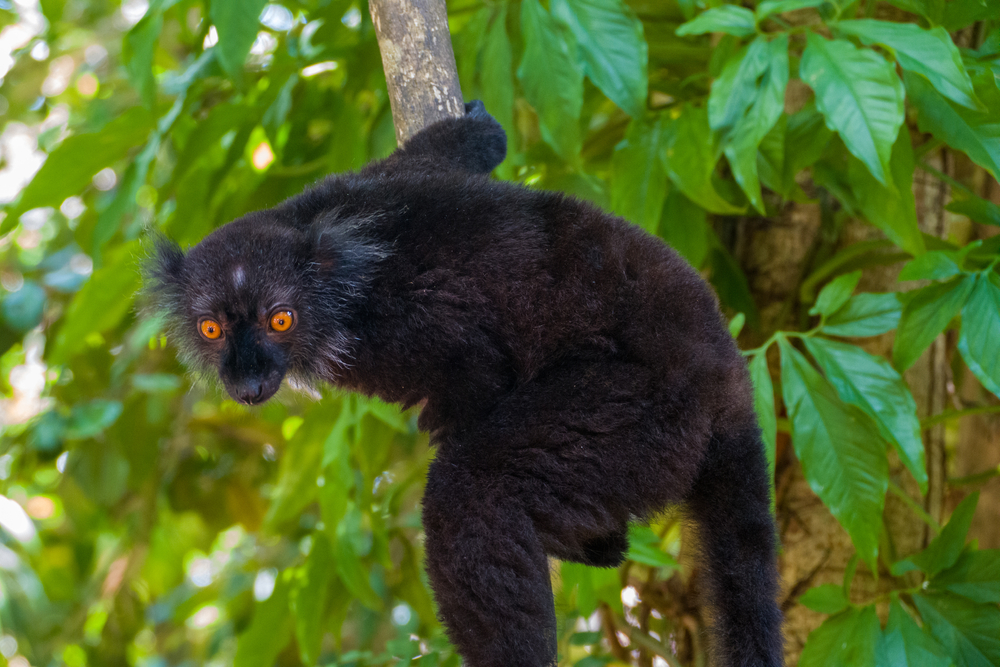
Lokobe National Park
Explore Now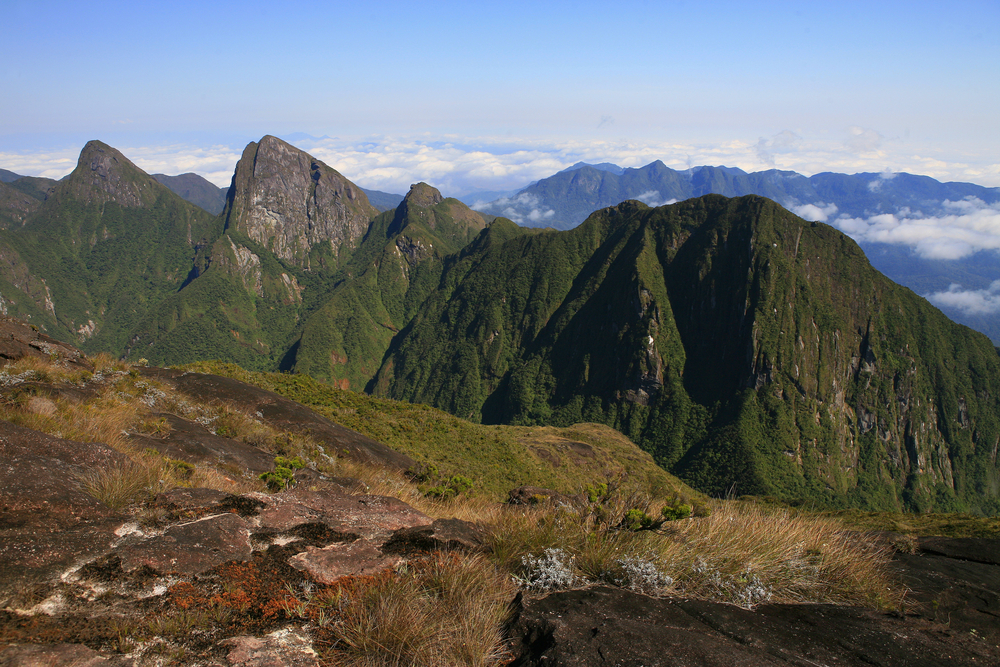
Marojejy National Park
Explore Now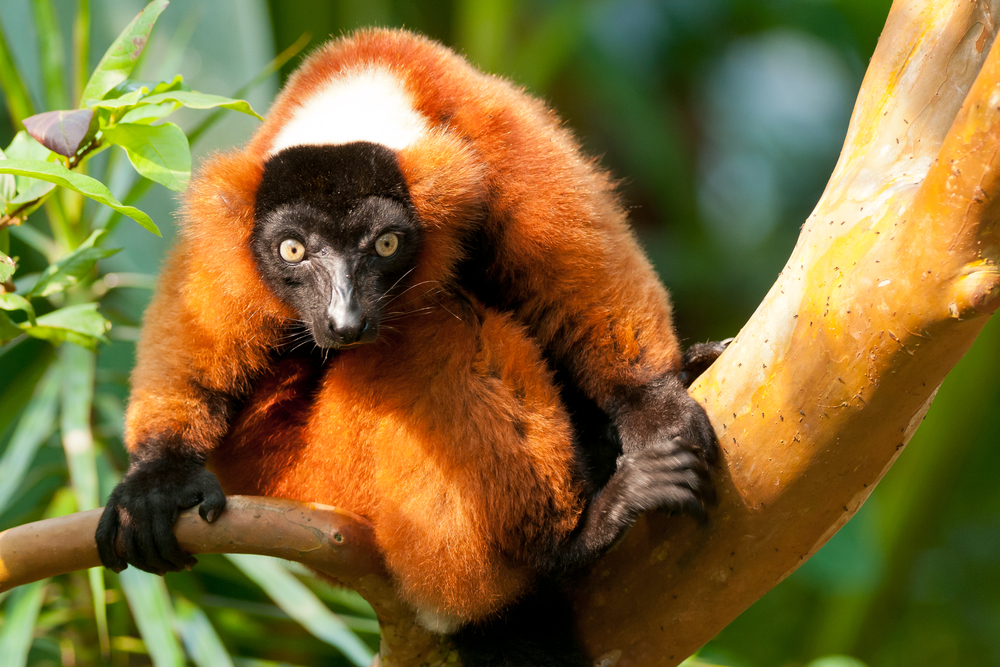
Masoala National Park
Explore Now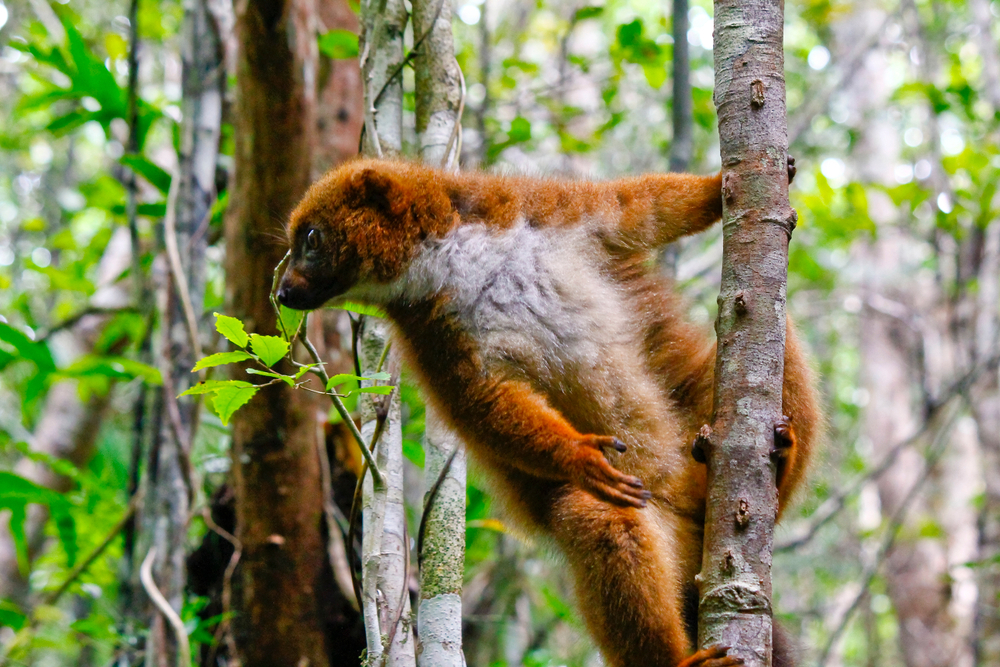
Midongy du Sud National Park
Explore Now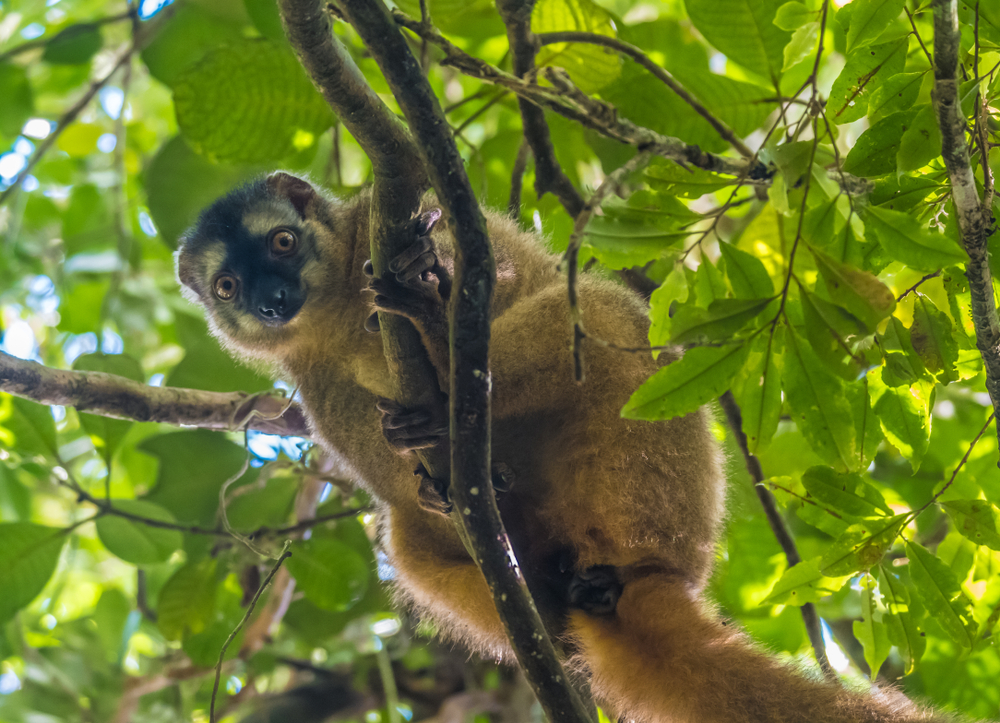
Ranomafana National Park
Explore Now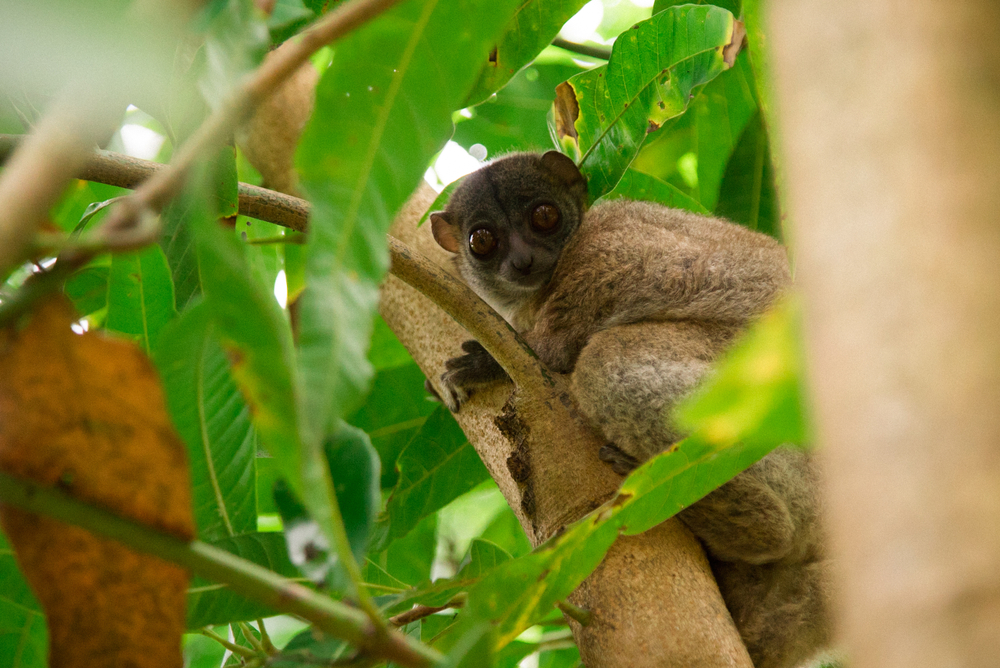
Sahamalaza-Iles Radama National Park
Explore Now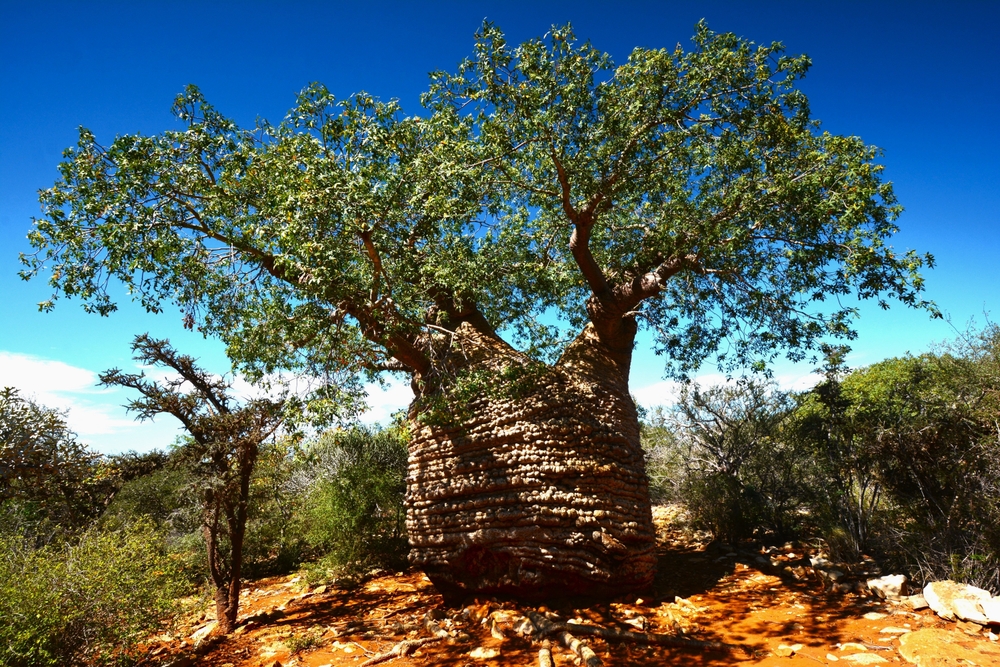
Tsimanampetsotse National Park
Explore Now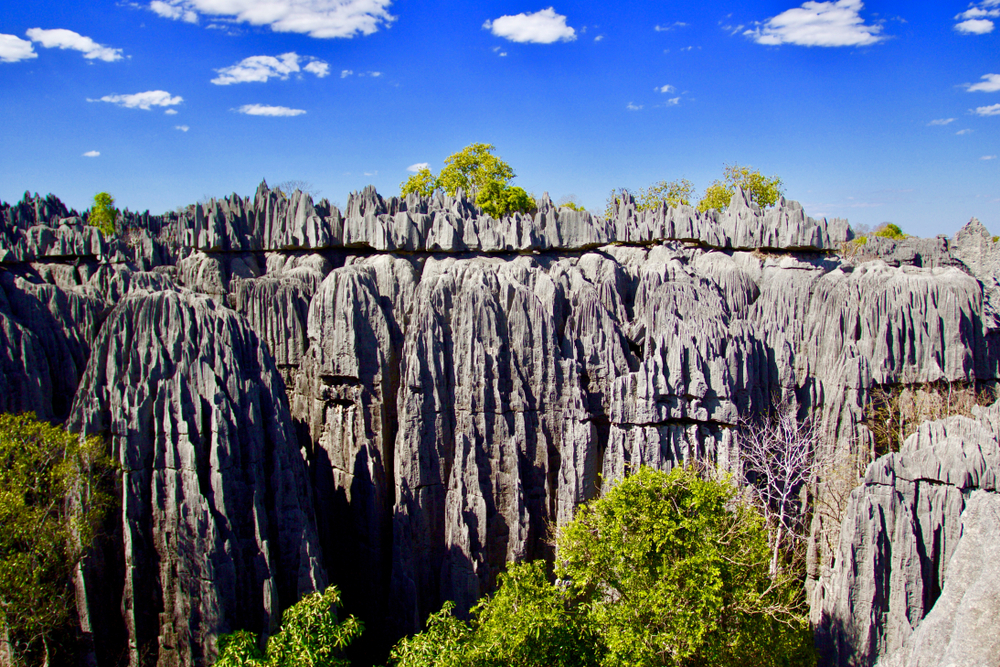
Tsingy de Bemaraha National Park
Explore Now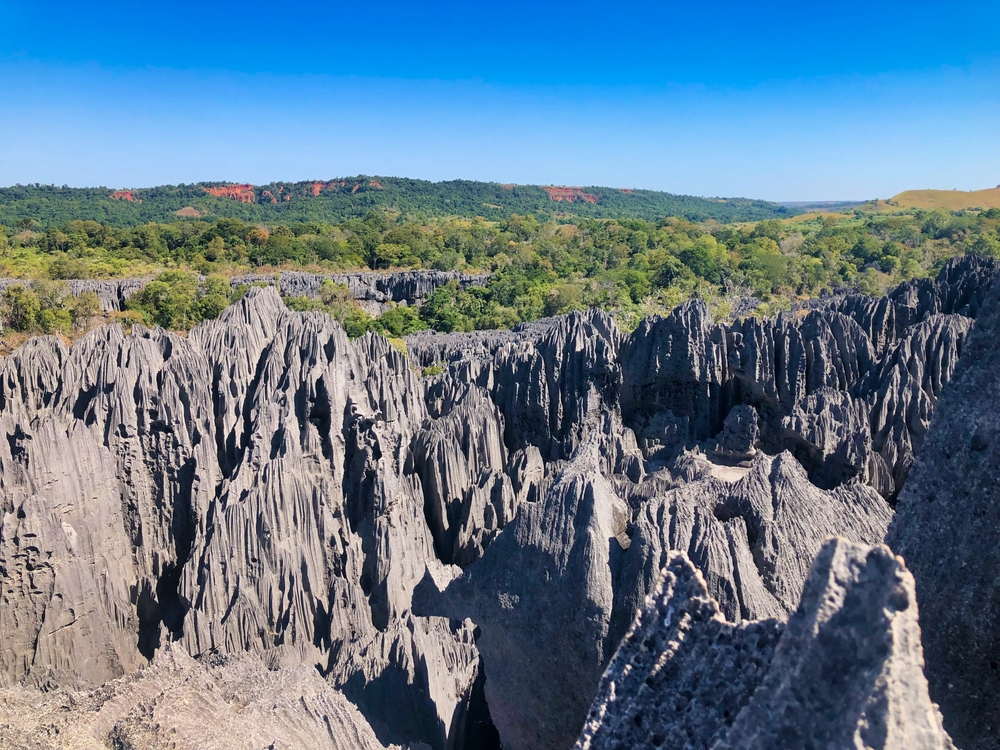
Tsingy de Namoroka National Park
Explore Now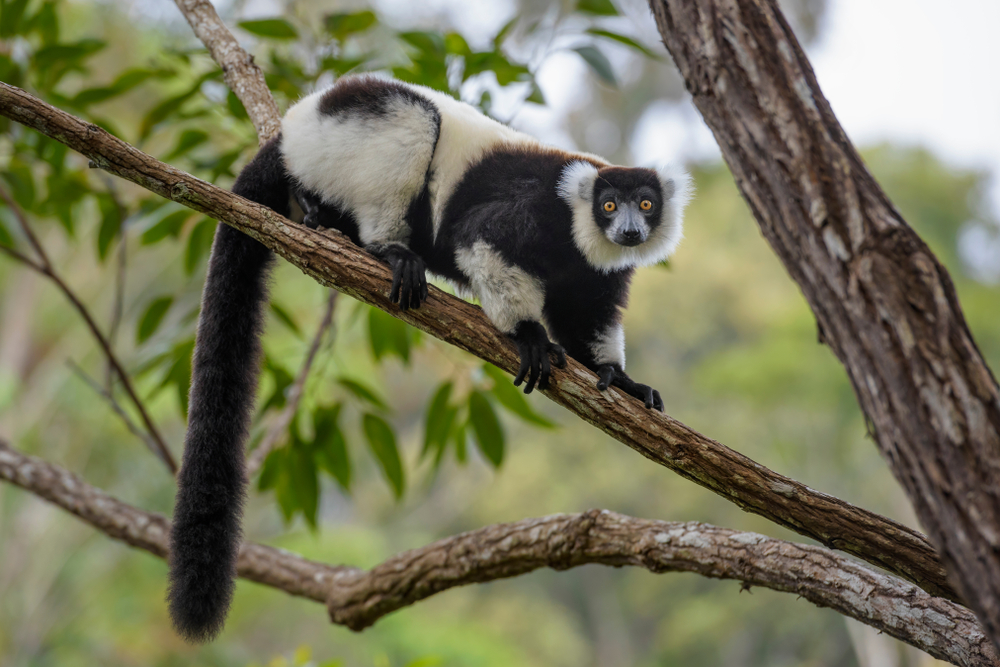
Zahamena National Park
Explore Now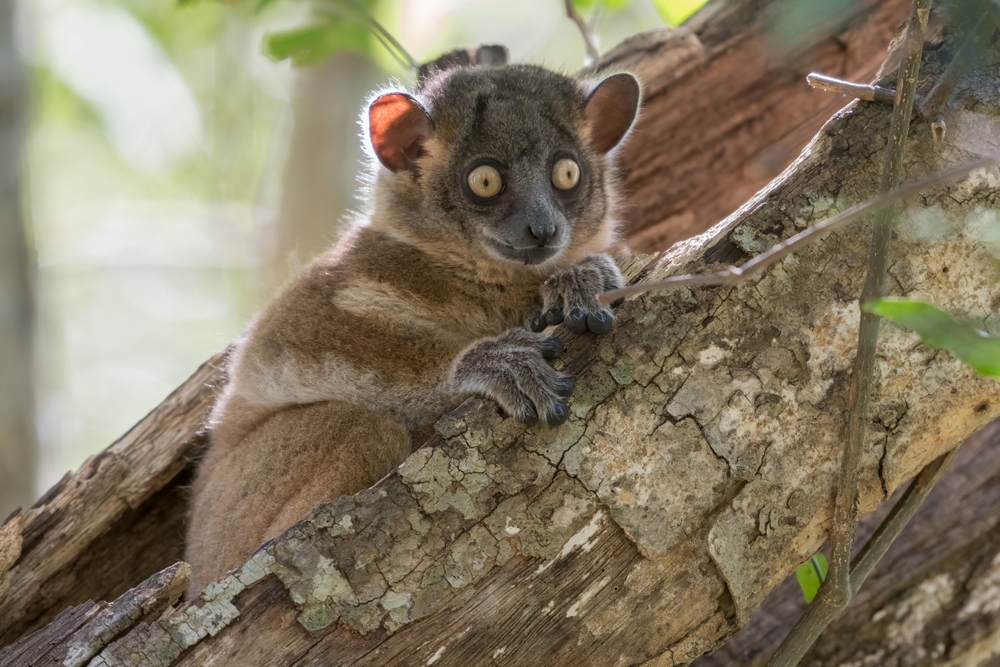
Zombitse-Vohibasia National Park
Explore NowFAQ’s
1. How many national parks are there in Madagascar?
2. What is the largest national park in Madagascar?
The largest national park in Madagascar is Marojejy National Park. It covers an area of approximately 55,500 hectares, which is equivalent to about 215 square miles (about 557 square kilometers).
Marojejy National Park is located in northeastern Madagascar and is renowned for its pristine rainforests, rugged mountains, and rich biodiversity, including rare and endangered species such as the silky sifaka and the elusive aye-aye.
3. What is the smallest national park in Madagascar?
The smallest national park in Madagascar is Tsimanampetsotsa National Park. It covers an area of approximately 192 square kilometers (about 74 square miles).
Tsimanampetsotsa National Park is located in southwestern Madagascar and is known for its unique limestone formations, saline lake, and diverse ecosystems, including dry spiny forests and wetlands. The park is home to several endemic plant and animal species, including the critically endangered Madagascar fish eagle.
4. An alphabetical list of all national parks in Madagascar?
Here is an alphabetical list of the national parks in Madagascar:
- Amber Mountain National Park
- Analamazaotra National Park
- Andasibe-Mantadia National Park
- Andohahela National Park
- Andringitra National Park
- Ankarafantsika National Park
- Baie de Baly National Park
- Bemaraha National Park
- Isalo National Park
- Kirindy Mitea National Park
- Lokobe National Park
- Mananara Nord National Park
- Mantadia National Park
- Marojejy National Park
- Marolambo National Park
- Masoala National Park
- Midongy Befotaka National Park
- Nosy Hara National Park
- Nosy Tanikely National Park
- Nosy Ve-Androka
- Ranomafana National Park
- Sahamalaza National Park
- Tsimanampetsotsa National Park
- Tsingy de Namoroka National Park
- Tsingy de Bemaraha National Park
- Zahamena National Park
- Zombitse-Vohibasia National Park
These parks showcase Madagascar’s incredible biodiversity, unique landscapes, and endemic species
5. What was the first national park in Madagascar?
The first national park established in Madagascar is Andasibe-Mantadia National Park. Initially established as two separate parks, Andasibe and Mantadia, they were later combined into one national park in 1991. Andasibe-Mantadia National Park is located in the eastern part of Madagascar and is renowned for its lush rainforests, diverse flora and fauna, and iconic lemurs, including the indri, the largest living lemur species.
The park was established to protect the unique biodiversity of the region and to provide opportunities for research, conservation, and eco-tourism.
Today, Andasibe-Mantadia National Park remains one of Madagascar’s most popular and accessible parks, attracting visitors from around the world who come to experience its incredible natural beauty and wildlife.
6. What is the most popular national park in Madagascar?
The most popular national park in Madagascar is Andasibe-Mantadia National Park, located in the eastern part of the island. This park is renowned for its lush rainforests and as the home of the largest lemur species, the indri. Andasibe-Mantadia is a top destination for tourists seeking to experience Madagascar’s unique biodiversity, offering guided treks through dense forests to observe various lemur species, chameleons, and rare birds. The park is particularly known for its indri’s haunting calls, making it a must-visit for wildlife enthusiasts and eco-tourists.
7. What percentage of Madagascar's land area is protected through official National Parks?
Approximately 5% of Madagascar’s land area is protected through national parks and nature reserves, covering around 30,000 square miles (77,700 square kilometers).
Madagascar has a well-developed network of protected areas aimed at conserving its globally significant biodiversity, with over 50 national parks, reserves, and wildlife sanctuaries spread across the island.
8. What other protected areas are there in Madagascar?
In addition to its national parks, Madagascar has several special reserves and marine protected areas. Ankarana Special Reserve and Analamazaotra Special Reserve are two of the most well-known, offering unique landscapes and endemic species, including various lemurs and reptiles.
Madagascar also boasts the Nosy Tanikely Marine Reserve, which protects coral reefs and marine ecosystems, providing excellent opportunities for snorkeling and diving.
These protected areas complement the national parks by safeguarding Madagascar’s diverse ecosystems, from rainforests to coastal reefs.
9. What nature attractions does Madagascar have apart from National Parks?
Madagascar is famous for its natural attractions beyond its national parks. The Avenue of the Baobabs, located near Morondava, is one of the island’s most iconic landscapes, featuring towering baobab trees that are centuries old.
Tsingy de Bemaraha, a UNESCO World Heritage Site, is another unique natural wonder, characterized by its dramatic limestone formations and deep canyons. Madagascar’s coastal regions, such as Nosy Be, offer pristine beaches, crystal-clear waters, and vibrant coral reefs, making them popular spots for snorkeling, diving, and whale watching.
10. What species are endemic and unique to Madagascar alone?
Madagascar is known for its incredible level of endemism, with approximately 90% of its wildlife found nowhere else in the world. Endemic species include the indri lemur, the fossa (the island’s top predator), and a wide variety of unique reptiles like the leaf-tailed gecko and panther chameleon.
Madagascar is also home to the Madagascar fish eagle and several species of tenrecs. The island’s unique flora includes the famous baobab trees and Madagascar palm.
This high level of endemism makes Madagascar one of the most important biodiversity hotspots on the planet.
11. What is Madagascar's main international airport?
Madagascar’s main international airport is Ivato International Airport (IATA code: TNR), located near the capital city, Antananarivo. It serves as the primary gateway for international and domestic flights.
12. What international airline companies fly into Madagascar?
The following international airline companies fly into Madagascar:
- Air Austral
- Air France
- Air Madagascar (the national carrier)
- Ethiopian Airlines
- Kenya Airways
- South African Airways
- Turkish Airlines
13. Who manages the national parks of Madagascar?
The national parks in Madagascar are managed by Madagascar National Parks (MNP), a nonprofit organization responsible for the management and conservation of the country’s protected areas.
MNP works closely with local communities, the government, and international partners to promote biodiversity conservation and eco-tourism.
Other organizations, such as WWF Madagascar and Conservation International, also play a significant role in supporting conservation initiatives on the island.
More information can be found on the official MNP website: https://www.parcs-madagascar.com.









































































